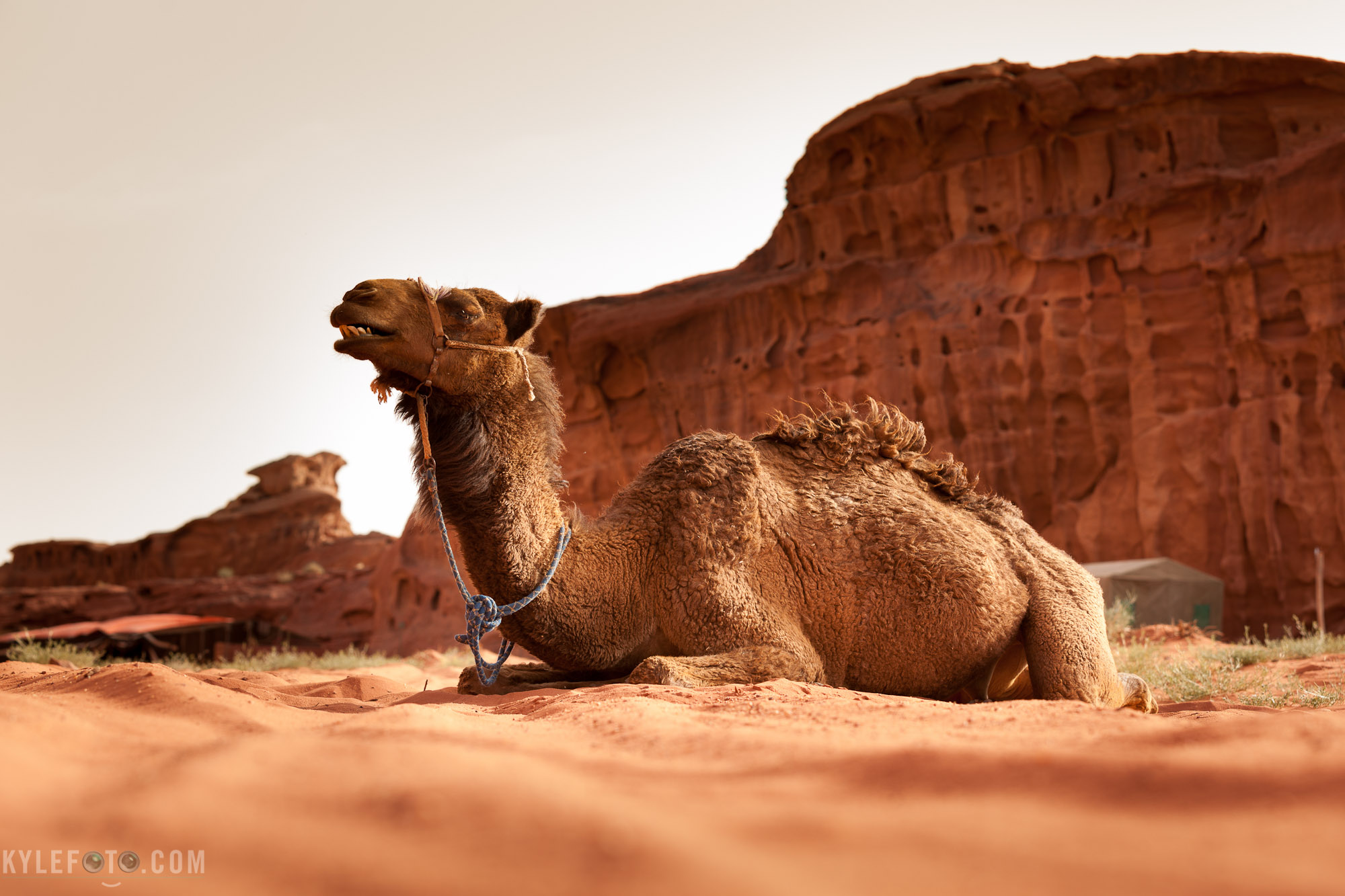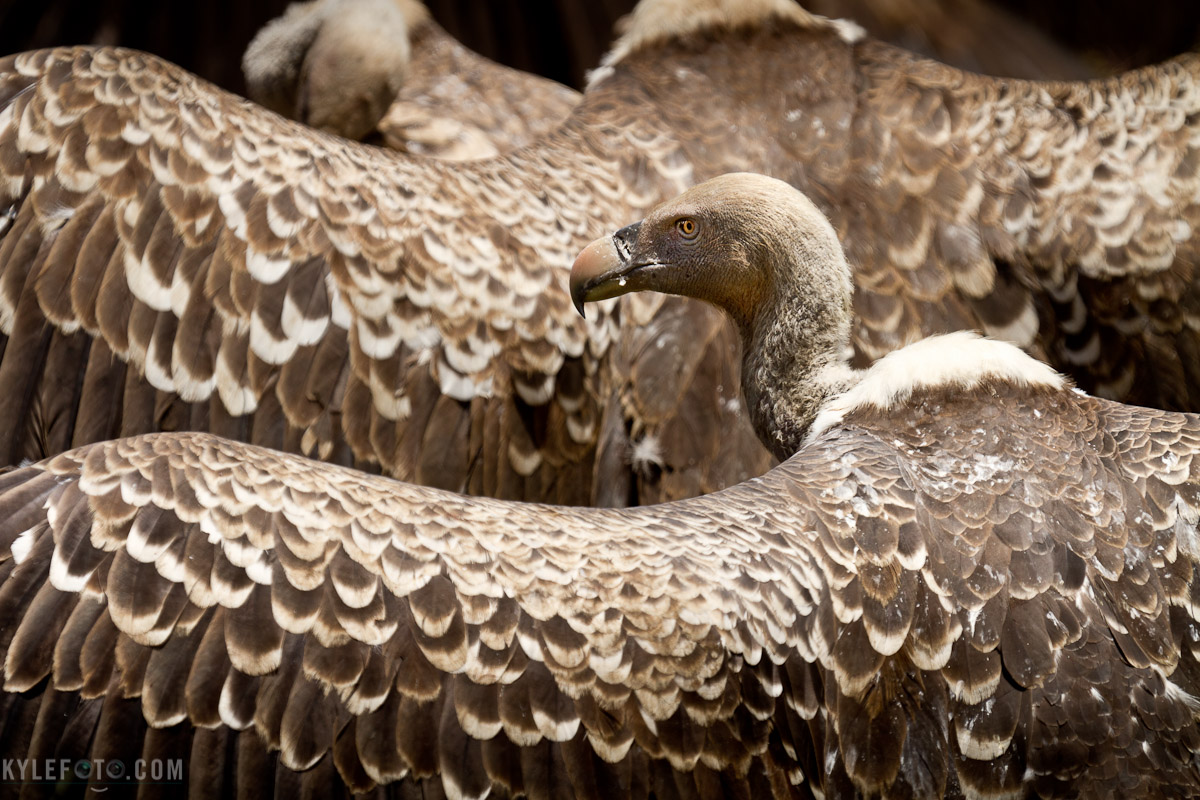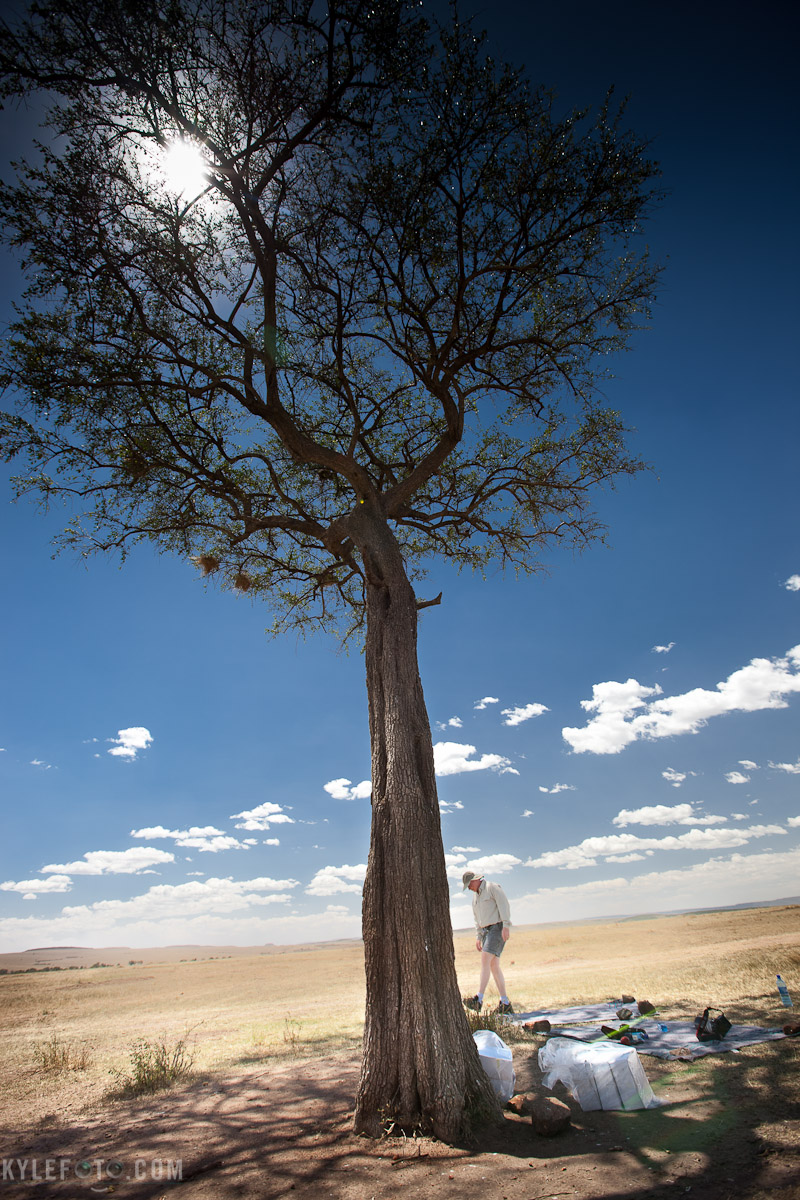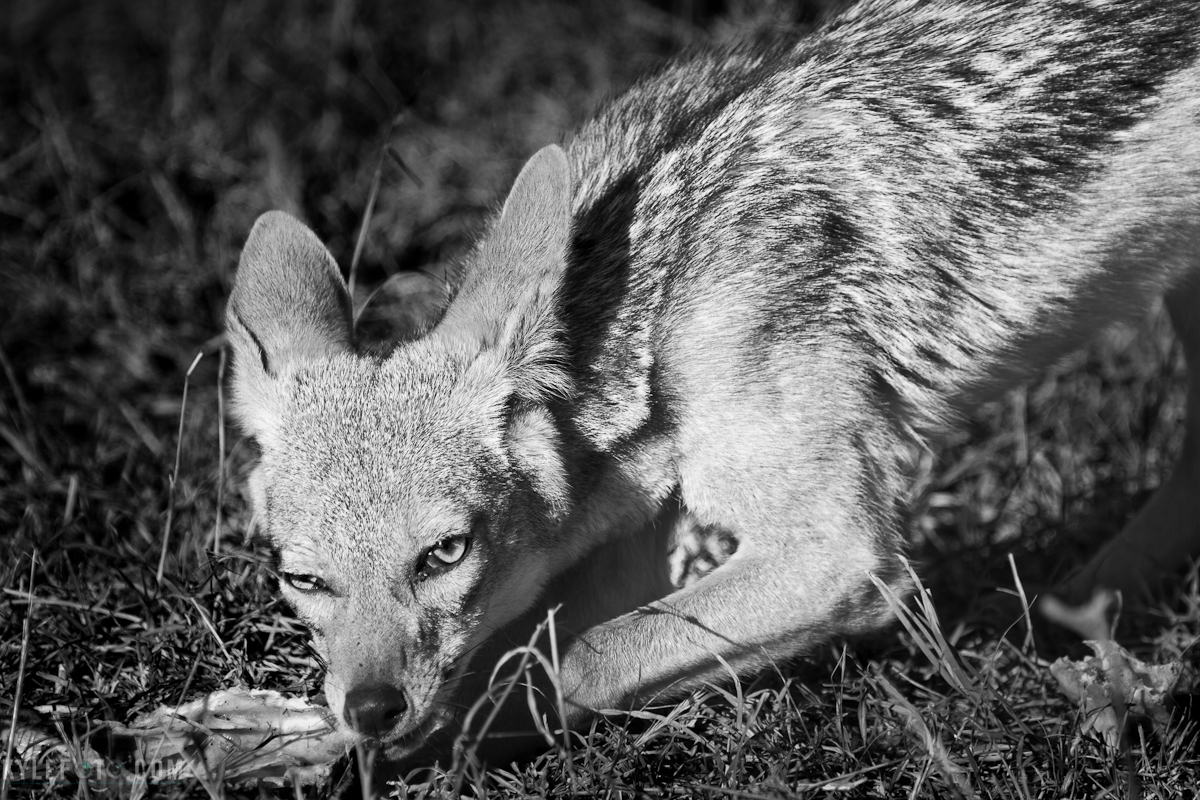Ile Bonaventure, Gaspé Peninsula, Quebec, Canada I'm very used to seeing exotic and beautiful bird colonies out in some of the farthest reaches of our world. But this afternoon I spent time in my own country, the gaspé peninsula in a small and picturesque quebec town of Percé, Canada. After enjoying some fine french cuisine of arctic char for lunch I couldn't believe my eyes that after a short ride over to the island I was surrounded by thousands of beautiful white patterned Northern Gannets. The first thing I noticed as I wandered through the forest is the pungent ammonia and fish like smell of a typical bird colony "they smell just like penguins" I thought. Then the cacophony of calls from the gannets filled the air as the landscape of the colony broke through the trees, the brown colony floor perfectly spaced and dotted with gannets, like they were dollops of icing placed down by some divine gingerbread house maker. It was remarkable to see how each gannet was just one "beak peck" away, as if they hate each other but have to be close enough because of safety in numbers.
I wandered around the colony where there was a wooden observation platform looking down on the gannets. I leaned over the railing and to my surprise just a couple meters below me there was a gannet staring up at me with curiosity. He didn't fidget, or look at me with concern, just sat there as the rain and fog beaded up on his head. I never had such a fantastic viewing angle from a such a beautiful bird like this before.
Photographic Details Because I was using a 400mm Telephoto lens, I had no choice but to actually lift my camera up as high as I could, farther away from the Gannet. These lenses have a minimum focusing distance and I was actually too close to photograph this bird. I had to hold my camera away from me the way one might hold a baby away from them after they just filled their diaper: you would never drop what's in your hands but you want it as far away from you as possible. I put my camera into the very rarely used live view mode so I could see where the camera was focusing, and shot multiple photos like this. I had to use a high shutter speed of 1/1000th of a second as these birds were constantly looking around shaking their heads and my own hands weren't the most stable platform to be shooting from. I was very happy with the results and to get a shot like this without disturbing this beautiful bird was fantastic. I can't wait to see more places like this in my own "backyard" of Canada. The artistic quality of creating a vertical line from the bottom left to the upper right is what I was going for, I also wanted to express the subtle but beautiful yellow hues this bird has in it's pristine pelage. Focusing on the eye is the standard for a photo like this but the emphasis is in the strong diagonals this bird presents.
Camera Settings Canon EOS 7D ISO400 f5.6 1/1000 sec Canon 100-400mm lens
#birdpoker #birding #gannet #canada #wildlife #birds #quebec #FineArtPls curated by +Marina Chen , and #yisforyellow curated by +Lucille Galleli and +YisforYellow
Also I'm back! I know you have seen many posts relayed to google plus by my wonderful helper +Kathryn Bechthold while I was away, hence the third person, but rest assured I'm back now and will be glad to answer your questions!















